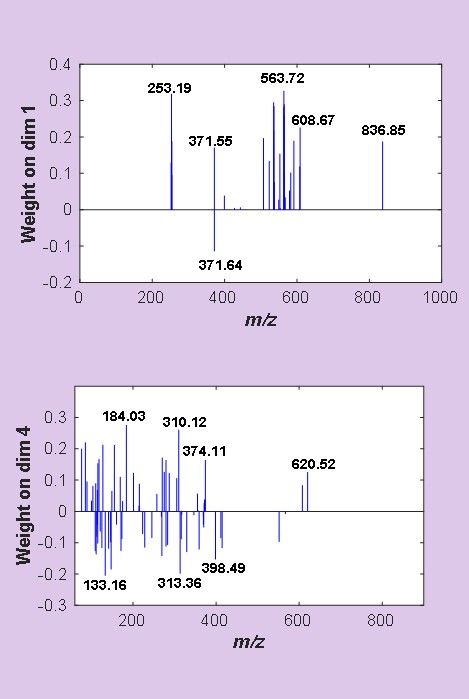

A continuing challenge in analytical chemistry is the characterization and identification of complex matrices, particularly those found in nature, such as animal-derived products and plant materials. In general, attempts to characterize complex matrices rely on identification of diagnostic singular components such as biomarkers, a process which requires extensive sample preparation. The steps involved, which can include solvent selection, extraction procedures, and method optimization, cause bottlenecks in the analysis of composite materials. Furthermore, popular mainstream techniques such as GC–MS are not always well suited for detection and identification of some classes of molecules (such as organosulfur compounds that yield artifacts when analyzed by this approach; compounds that fragment so extensively by EI-MS as to render the observed fragmentation patterns of little use in identifying the compound; and molecules that are not readily volatilized and which are therefore not amenable to analysis by GC). This negatively impacts chemical analysis method development in several fields, including forensics, agriculture, and the food industry. In this regard, direct analysis in real time–high resolution mass spectrometry (DART-MS) offers unique opportunities to circumvent some of these challenges, particularly for complex matrices. Furthermore, the application of chemometric processing tools to the mass spectral data can enable identification of many types of materials. This presentation will feature several examples of how this approach can be applied to provide complementary information to that furnished by more conventional techniques, and advance the frontiers of scientific discovery in various fields including forensic science, chemical ecology, and imaging mass spectrometry.
Key Learning Objectives:

Rabi Ann Musah is a Professor in the Department of Chemistry at the State University of New York at Albany. Her scientific research heavily leverages the unique capabilities of Direct Analysis in Real-Time–Mass spectrometry (DART-MS) to investigate complex matrices in order to answer questions such as how plants: (1) defend themselves; (2) control animal behavior; and (3) communicate. Her work also focuses on how the knowledge gleaned from these studies can be applied to address socio-legal concerns, such as identification of plant-derived psychoactive substances in a forensics context, development of methods to curtail trade in endangered species, and chemical communication between carrion insects and decomposing remains.